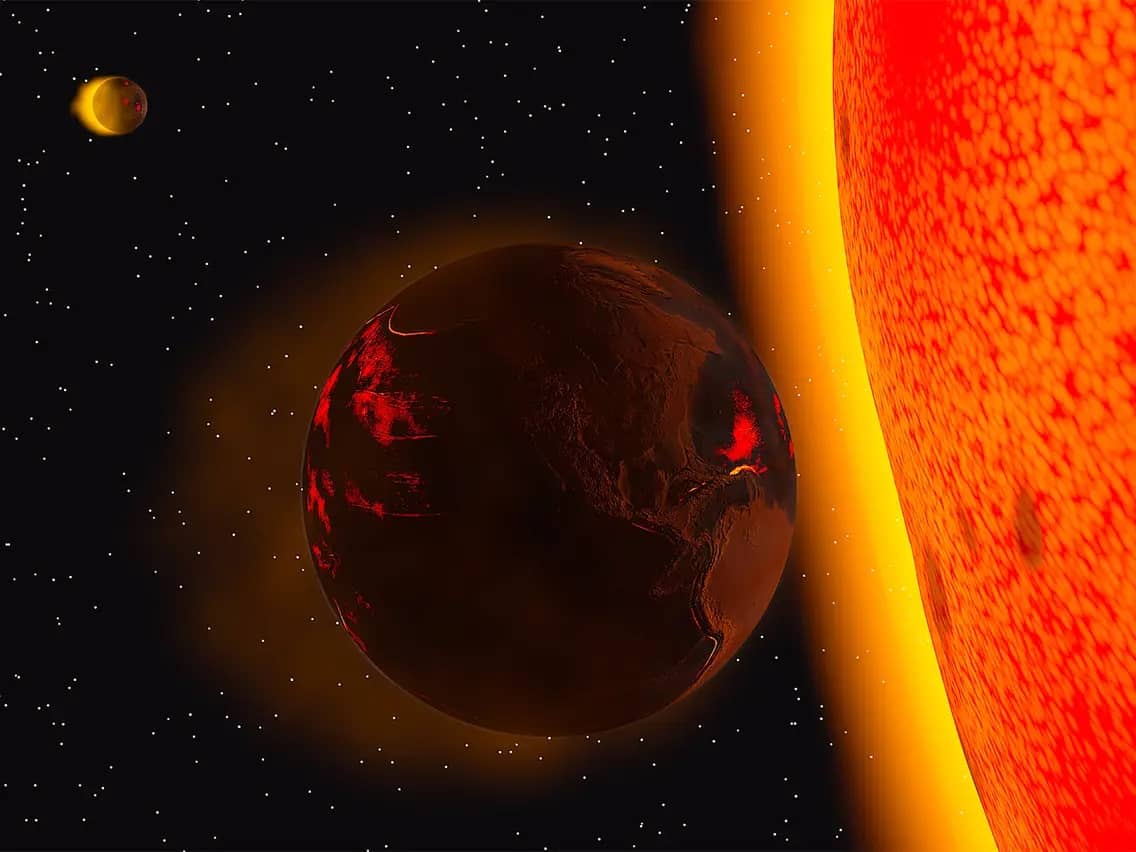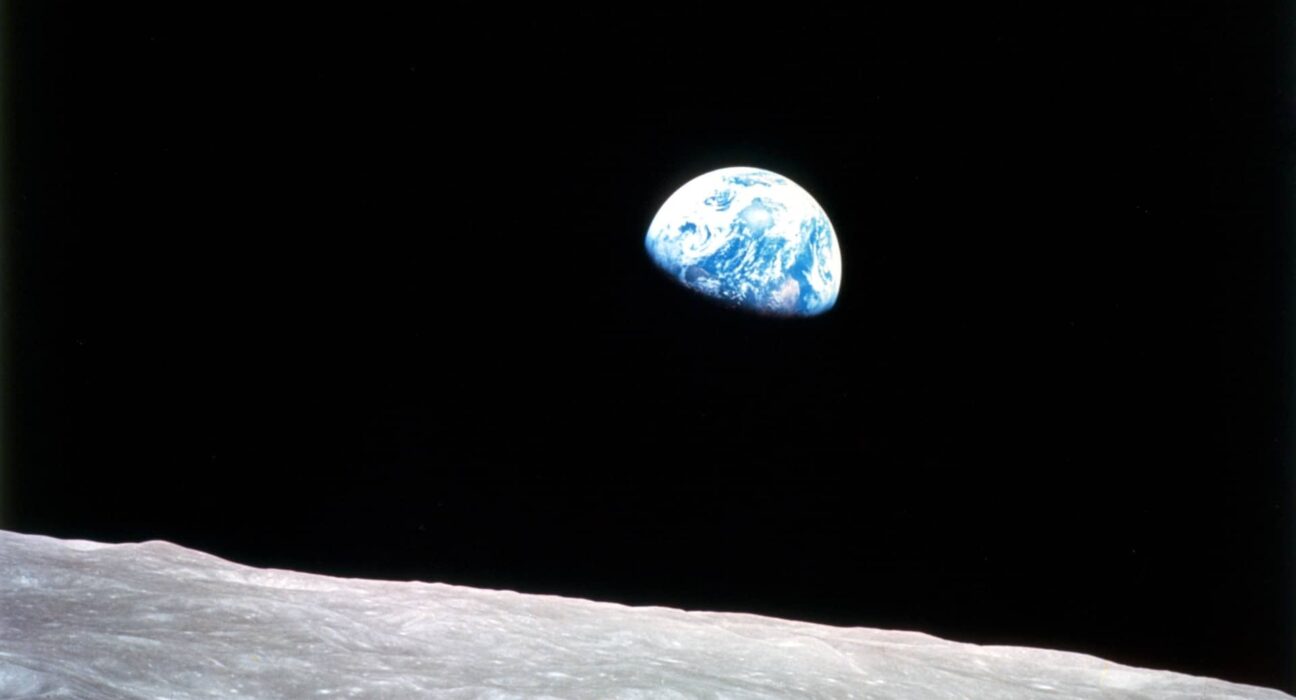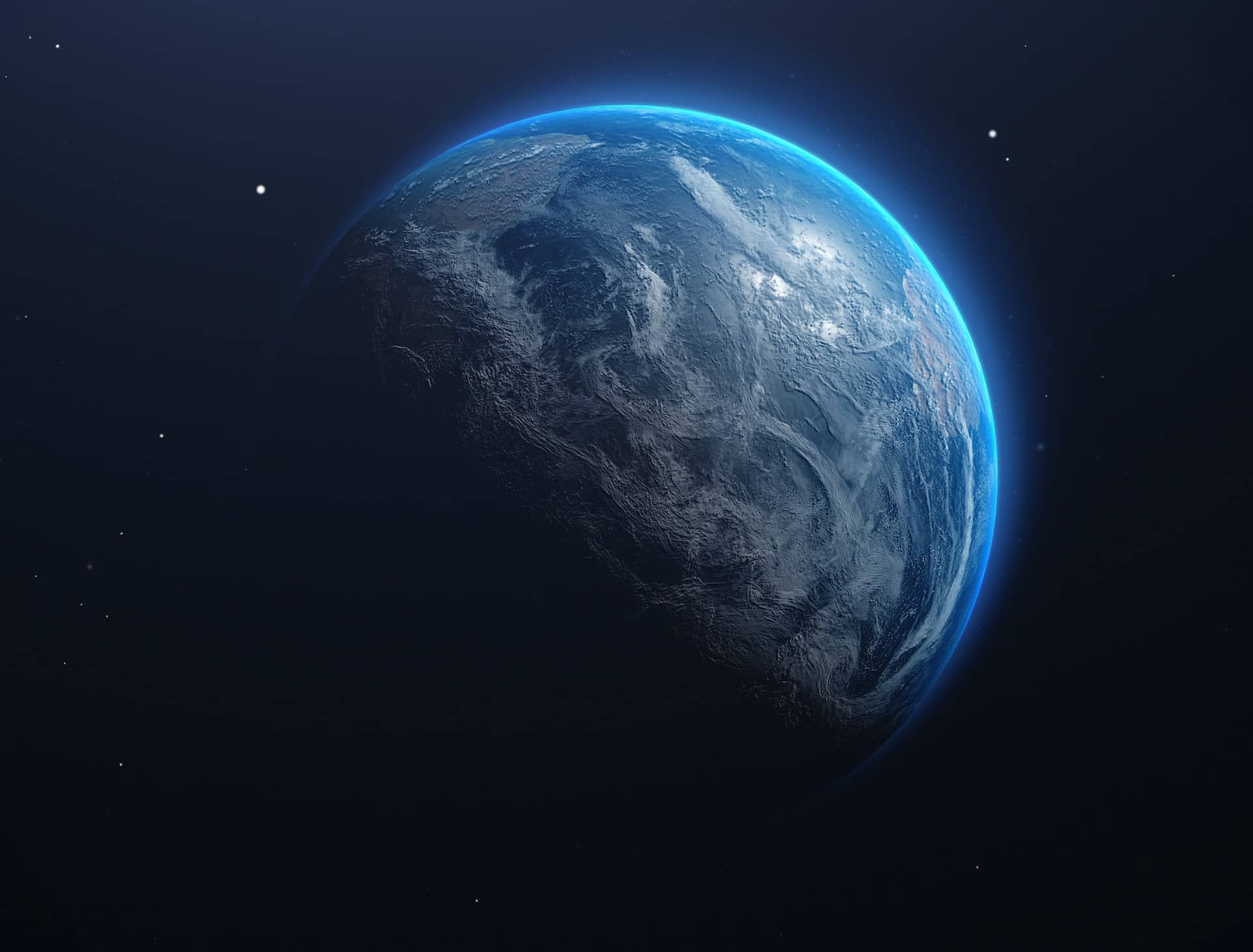For thousands of years, civilizations have used the moon’s motion to determine the month since the moon’s orbit appears to be so regular. The moon, however, is actually progressively moving away from Earth. So, the question is, will Earth eventually lose its moon?
With the use of reflective panels that NASA positioned on the moon during the Apollo missions, scientists were able to calculate the rate at which the moon is drifting away from Earth. For more than 50 years, scientists have fired laser beams at these mirrors from Earth and timed how long it took to detect the pulses that were reflected. The moon is thought to be moving away from Earth at a rate of around 1.5 inches (3.8 cm) per year, according to calculations made using the speed of light.
Why is the Moon moving away from Earth?
The main reason for this movement is the gravitational pull each object has on the other. Lunar tides are a result of Earth’s oceans bulging toward the moon due to its gravitational attraction. Similar tidal forces brought on by Earth’s gravity also affect the moon, giving our natural satellite a slightly elliptical form.
The moon is dragged by the gravitational attraction of the Earth’s tidal bulge. The planet’s rotation is slowed down as a result of friction caused by the shifting oceans brought on by the moon’s tides. Scientists believe that when the moon originally formed, some 4.5 billion years ago, the Earth’s rotation was much quicker, with days lasting about five hours.
The moon probably originated from pieces of debris left behind following a collision between the young Earth and a Mars-sized asteroid. Tidal forces have assisted in pulling the moon to its current average distance of around 238,855 miles (384,400 kilometers) from Earth. Tidal effects also slow the rate at which the moon rotates on its axis, resulting in the moon “tidally locking” with Earth — that is, always showing the same face to our planet. The speed at which the Earth rotates is also being slowed down by these forces.
Fast-forward 50 billion years

In around 50 billion years, Earth’s slowing rotation will cause it to tidally lock with the moon, exposing only one side of the planet to the moon. The moon and Earth would then stop drifting apart. The Earth-moon system, however, will probably be destroyed much sooner, when the sun starts swelling to become a red giant star in around 5 billion years. In that period of time, if the moon keeps going away from Earth at its current rate of retreat, the moon will have moved about another 117,000 miles (189,000 km) away when it gets consumed by the red giant sun.
If the moon continues to move away from Earth at its current rate, it will have traveled another 117,000 miles (189,000 km) by the time it is engulfed by the red giant sun. So, in conclusion, it is highly unlikely that the moon will ever depart the Earth. Instead, they will both be destroyed by the sun.





